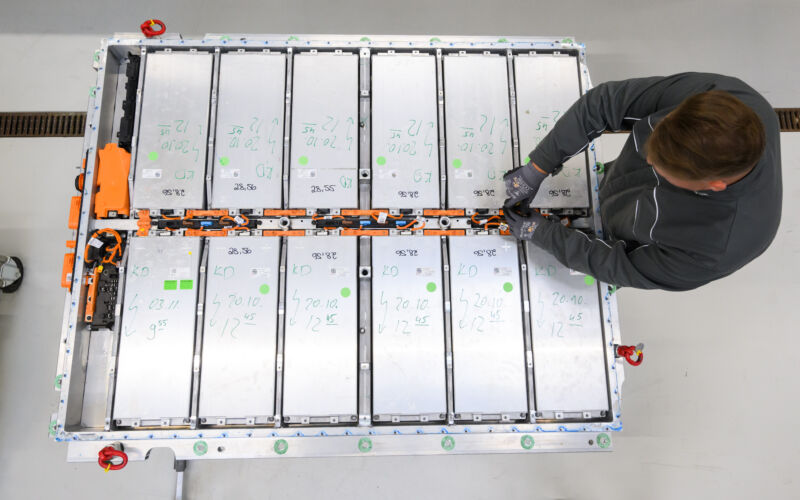
It has been a confusing few months for potential electric vehicle customers after the introduction of complicated new rules for the clean vehicle tax credit at the beginning of the year. Now the rules are changing once again.
On Thursday, the Internal Revenue Service published a draft of new guidance for the $7,500 clean vehicle tax credit and said that starting on April 18, it will begin enforcing the domestic sourcing requirement for battery minerals and components. As a result, many new EVs may not qualify for the tax credit.
Tell me the rules again
As we've detailed before, the revised clean vehicle tax credit has quite a few conditions that must be satisfied in order for that vehicle to be eligible.The battery pack must have a capacity of at least 7 kWh. The vehicle cannot have a gross vehicle weight of more than 14,000 lbs (6,350 kg). Plug-in hybrid and battery EVs must be built by qualified manufacturers, although that requirement doesn't apply to a hydrogen fuel cell EV. The vehicle's final assembly must be in North America. And there are income and price caps—$55,000 for a sedan and $80,000 for trucks, vans, and SUVs—as well.
But those requirements are not the end of the story—they are necessary but not sufficient for eligibility. $3,750 of the credit requires that a certain percentage of the value of the battery pack's components must be manufactured or assembled in North America. For this year, that's 50 percent, and it increases by 10 percent per year until 2029, when all the value of the battery components in a new EV must be manufactured or assembled in North America to qualify.
The IRS declined to enforce this condition when the new rules went into effect at the start of 2023 as it figured out how it would apply it—a move that angered US Senator Joe Manchin, who was responsible for writing the new tax credit rules in the Inflation Reduction Act of 2022. Yesterday, Senator Manchin vowed to sue the federal government if he was able to make them start applying these rules—one can imagine he is therefore pleased that the domestic content and value rules will be enforced starting on April 18 now that the IRS has written guidance.
Now, there's a four-step process for determining the value of the battery's components. First, identify all the components manufactured or assembled in North America. Then determine the incremental value of all battery pack components, including those made or assembled in North America. Next, determine the total incremental value of the battery components, and finally, divide the total value of all North American-sourced components by the total value of all the components to get a percentage.
In time, it should be increasingly easy for automakers to satisfy this requirement; over the past few months, we've seen new battery factories announced in Michigan, Kentucky, Tennessee, Ohio, South Carolina, and Indiana, with yet more in the works.
Where did you get that lithium from?
In order to qualify for the other half of the $7,500 tax credit, some of the critical minerals used in the battery pack must be extracted, processed, or recycled in the US or extracted or processed in a country with which the US has a free trade agreement. Again, the IRS initially declined to apply this requirement in January before it could come up with guidance; that changes on April 18.
Like the battery value rule, the percentage of domestically sourced minerals has to increase year on year for a vehicle to be eligible. In 2023, 50 percent of the critical minerals must meet this requirement, increasing by 10 percent per year until 2029, when all the critical minerals must satisfy the domestic rule.
reader comments
80